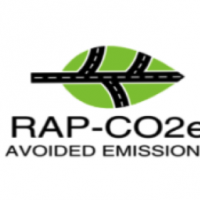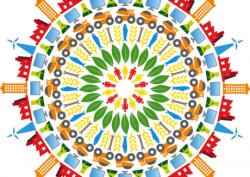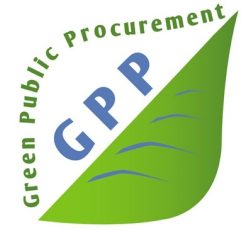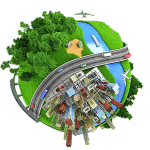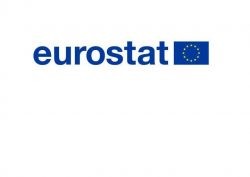The RAP-CO2 project considers Life Cycle Thinking (LCT) and the evaluation of the life cycle of the bituminous conglomerate from the cradle to the grave.
The following activities carried out at the aggregate production site (quarry) are considered:
- deforestation of the site that houses the quarry, which reduces the ability to sequestrate CO2 due to the removed plants;
- transport for the different routes;
- bitumen production (refinery);
The transport routes considered are:
- distance from the main suppliers of aggregates (quarries) to the asphalt production plant;
- distance from the main suppliers of bitumen (refinery) to the asphalt production plant.
The avoided routes are as follows:
- route between the road (where the RAP is produced) and the production plant.
route between road and landfill.
The considered avoided paths indicate that the RAP produced, if not recycled, is considered waste to be disposed in landfills. On the other hand, with the opposite scenario, most of the recycled RAP is transported from the road to the asphalt production plant.

